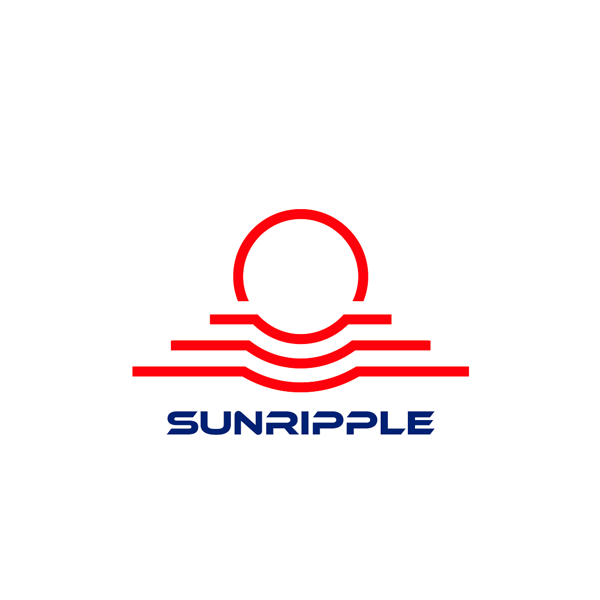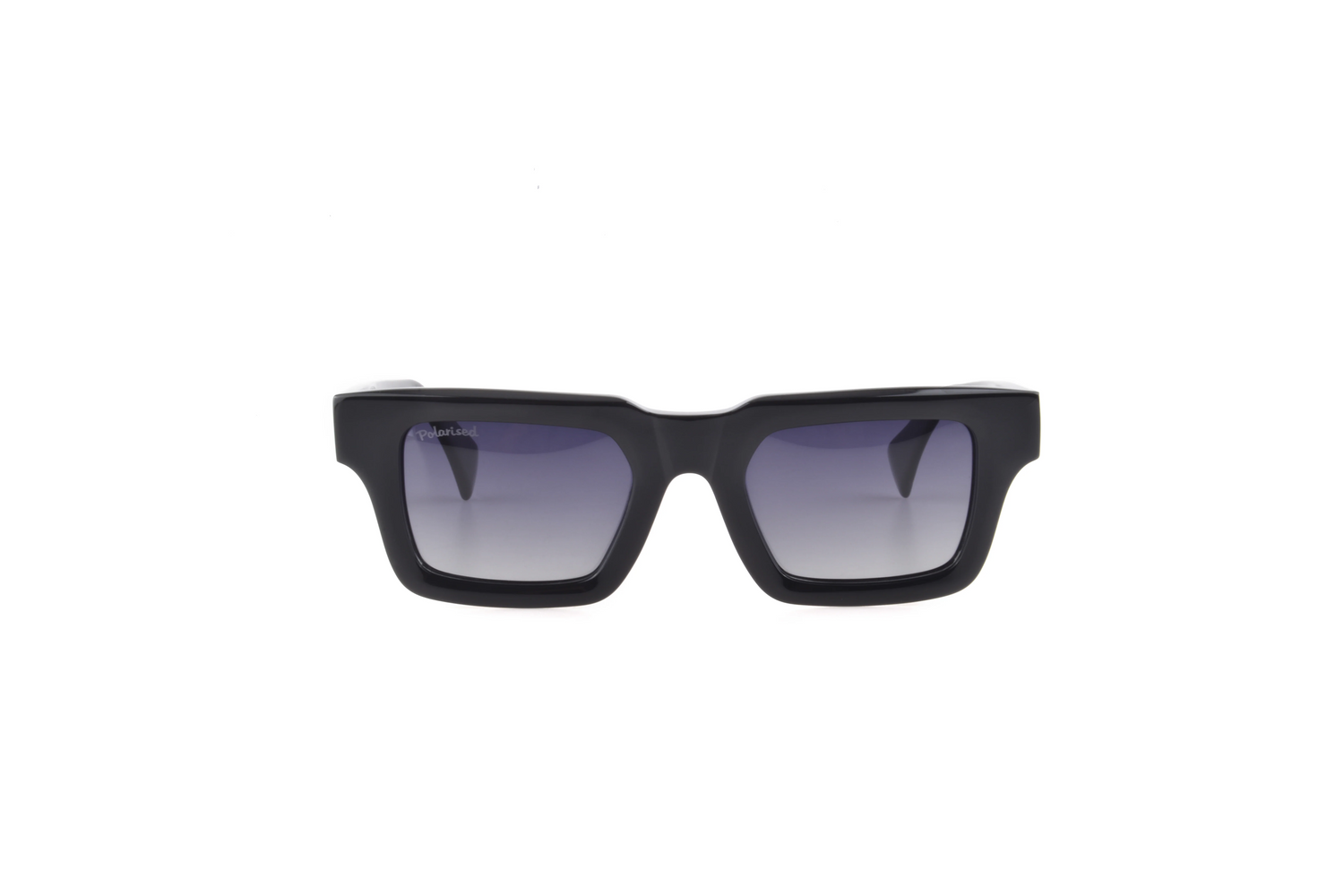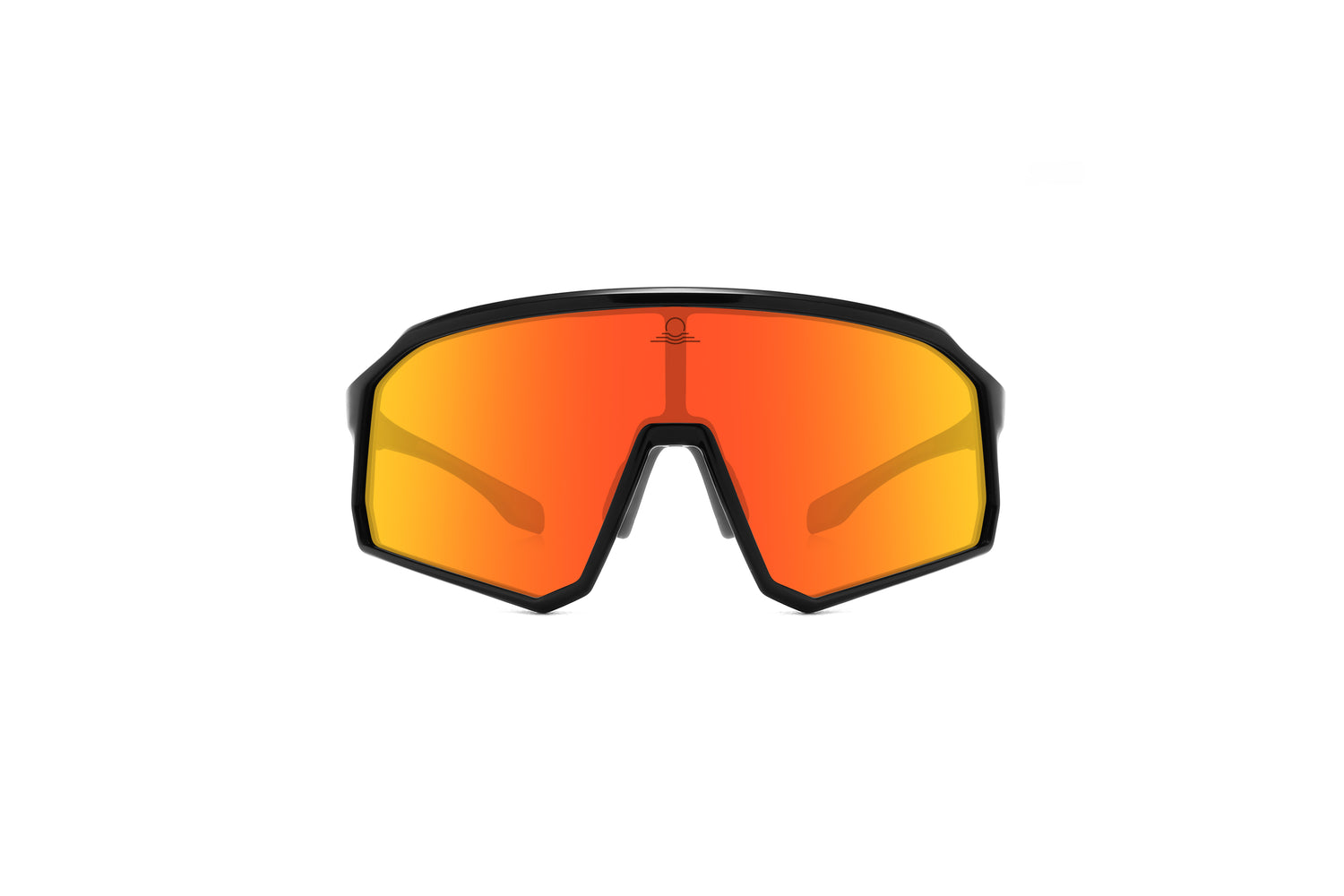Sunglasses are essential accessories, valued for their ability to reduce glare, enhance vision in bright conditions, and protect eyes from harmful ultraviolet (UV) radiation. However, their optical classification often sparks curiosity. Are sunglasses translucent? To answer this, we must delve into the definitions of optical terms and the functional design of sunglasses.
Defining Translucency
In optics, materials are generally classified as transparent, translucent, or opaque:
- Transparent materials allow light to pass through completely, enabling clear visibility of objects on the other side (e.g., clear glass) [Hecht, 2017].
- Translucent materials permit some light to pass but scatter it, obscuring detailed visibility (e.g., frosted glass) [Hecht, 2017].
- Opaque materials block light entirely, preventing any visibility (e.g., wood) [Hecht, 2017].
Translucency implies a degree of diffusion that reduces clarity, meaning objects on the other side appear blurred or indistinct.
Sunglasses and Their Optical Nature
Sunglasses do not fit neatly into the translucent category. Instead, they are best described as transparent with modifications. The lenses of sunglasses are designed to allow sufficient light transmission for clear visibility while incorporating features that alter how light interacts with the lens:
- Tinted Lenses: The tint reduces the intensity of light reaching the eyes but does not scatter it to the extent of causing blurriness [Australian Standards for Sunglasses and Fashion Spectacles (AS/NZS 1067.1:2016)].
- Polarization: Many sunglasses include polarized lenses, which filter out horizontal light waves, reducing glare without compromising clarity [Hecht, 2017].
- UV Coating: These coatings block harmful UV rays without interfering with the transmission of visible light [Healthdirect Australia, 2021].
Why Sunglasses Are Not Translucent
Unlike translucent materials, which scatter light and obscure vision, sunglasses maintain optical clarity, enabling wearers to see objects clearly. Their primary function is to modulate light transmission—not to diffuse it. While the tint may slightly darken the view, it does not introduce the scattering characteristic of translucency.
The Right Specs' Sunglasses
At The Right Specs, we offer a range of sunglasses designed to provide optimal visual performance and eye protection. Our in-house brands, Sunripple and Rayflare, feature:
- Polarized Sunglasses: Reduce glare and enhance clarity, ideal for driving, hiking, and water activities.
- Cycling Sunglasses: Engineered for comfort and visibility, ensuring a seamless ride in all conditions.
- Sport Sunglasses: Designed to keep up with your active lifestyle, offering durability and UV protection.
- Stylish Sunglasses: Explore a range of frames that add a touch of sophistication to your look.
By combining clarity with light filtration, our sunglasses ensure that wearers can enjoy reduced glare and UV protection without sacrificing the ability to see clearly.
Conclusion
Sunglasses are not translucent; they are transparent with functional modifications. This design ensures that wearers can enjoy reduced glare and UV protection without sacrificing the ability to see clearly. For further reading on the optical properties of lenses and sunglasses, consult:
- Hecht, E. (2017). Optics. Pearson Education.
- Australian Standards for Sunglasses and Fashion Spectacles (AS/NZS 1067.1:2016).
- Healthdirect Australia’s guide to UV eye protection: www.healthdirect.gov.au.
This nuanced understanding reinforces why sunglasses remain an essential tool for both eye health and style.




